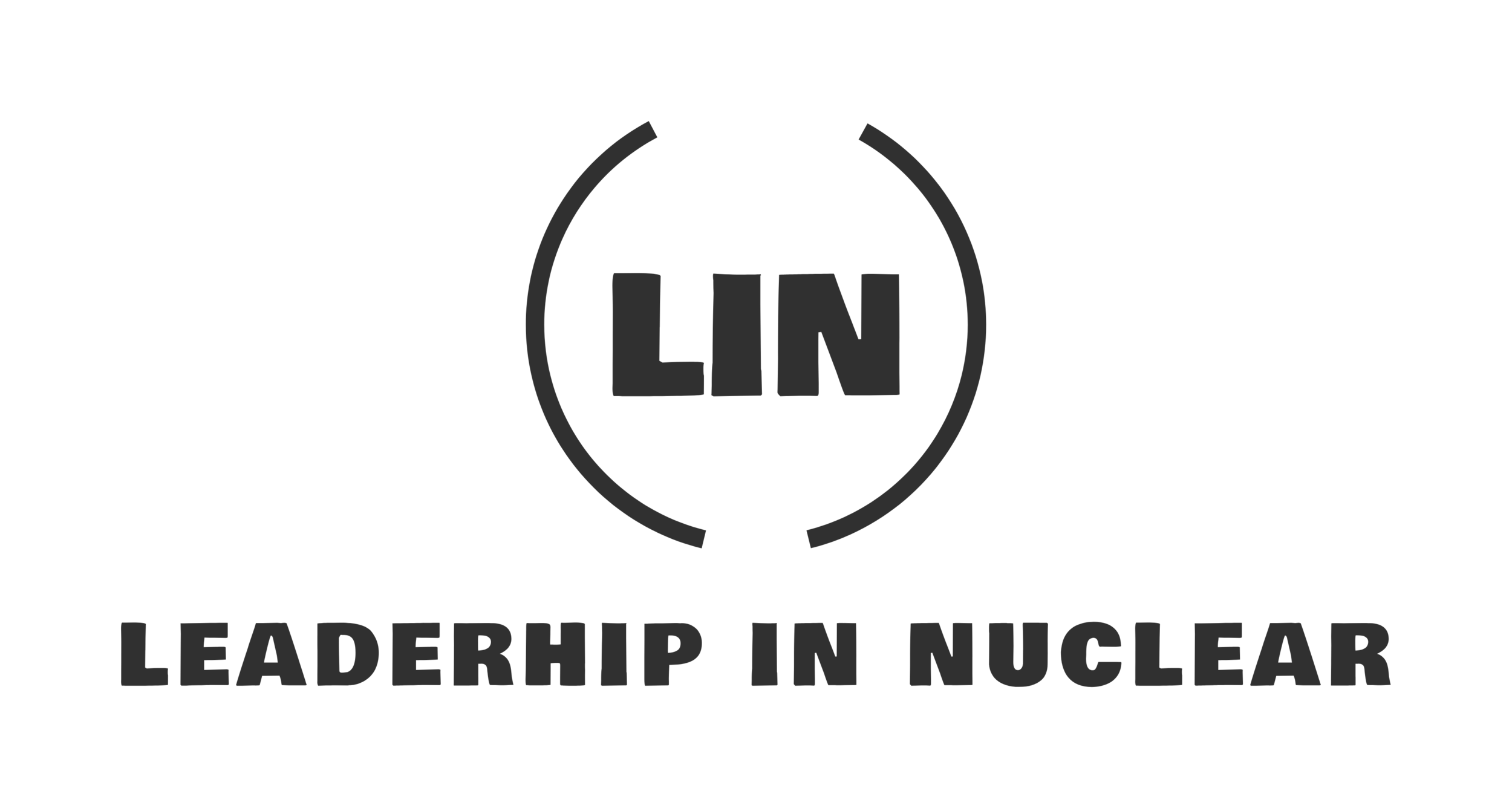9 Top Insights to be aware of when cost-cutting
Good leaders make things happen, and can cope with various situations. Continuous improvement is the leader's best friend, and sometimes that is useful when business owners want to reduce cost.
However, there are a couple of things to be aware of as a leader when it comes to cost-cutting. Done in a right way it will work, but done poorly it will backfire. Here are 9 top insights to be aware of when cost-cutting:
Communication
What you focus on you will get. If you communicate that cost-cutting is the most important thing, that is what you will get. The risk of introducing inefficiency to the company is obvious.
Many manufacturing or power companies have suffered maintenance debt, many years after the cost-cutting campaign occurred. The loss of business or market share can be far more devastating than the short term gains.
A better way is to communicate that we need to be more resourceful in the company and do more with the resourced we have, through collaboration, prioritization, knowledge management, leadership development, etc.
Management/Leadership
Managers are like thermometers; they measure and monitor the temperature in the organization. They hardly develop business or don't have enough mitigating skills when the company loses ground to its competitors.
Leaders are like thermostats; they increase the temperature and improve performance in the business.
When cost-cutting occurs, there is always a tendency that the number of managers increases, and the leaders start acting more like managers.
Filtered reports
Workers will not raise questions about abnormal conditions towards a snowballing problem. Many leaders throughout the history have underestimated the reality of how bad things really are, before something bad happens.
Symptom-based problem solving
Under economic pressure, the tendency is to fix the issues at a symptom-based level. Therefore, problems reoccur due to shallow root cause investigations.
In the nuclear industry, a simple but effective technique is used to understand the real causes behind the problem is by asking the question "Why" a couple of times. The answer is not as obvious as one first thinks. You can not solve a problem with the same thinking that created the problem. You have to think out the box.
Reoccurring events are often caused by the "Paper touchers," i.e., the leaders. Unclear expectations, not providing proper training, not leading by example, neglecting long term strategic matters could be examples of leadership shortcomings.
Everything rises and falls with leadership.
Isolationism
Strategic long term thinking is often missing. People tend to do what they are told. Continuous improvements are lacking or hardly exist.
Isolation of the "outer" world and the competitors is another symptom. The consequences are missed opportunities and not reacting in a timely manner to significant shifts in the industry or the economy.
Justification of occurred problems.
If you through a frog into a pan of boiling water, it will jump out right away. If you instead place the frog in the pot of water and slowly increase the temperature, it will stay and die.
The same thing can happen to companies where the cost-cutting has gone too far. People, including management, justify signs of negative trends and don't see things as they are.
Cutting in the wrong areas
One mistake that companies often do is to cut costs in the wrong areas. Competence management. R&D and benefits to the employees are examples where the consequences are not shown right away but eventually will occur over time.
Building people is the same thing as building business, and that is the last thing you would like to take away.
Studies also show that a 1 % decrease in engagement lowers the profitability in a company by 20%.
Lack of sensitivity to safety
In any industry, there is always a risk of neglecting safety-related issues due to cost-cutting. Not addressing clear negative signs can cause significant damage to a company or industry.
Deep Water Horizon is one movie where top management doesn't address the safety signs and pushes through with their production goals with devastating safety-related consequences. I can highly recommend you to see that movie.
Taking action in the wrong direction
When something doesn't work, top leaders often think that reorganizing is the best solution. That might be the case as long as you replace the low performing leaders. If you on the other hand rearrange the organization but keep the leaders, you will end up with the same result.
Leaders set the lid of the company.
A famous leader in the Nordic counties is the hotel owner Petter Stordalen. He is renowned for buying hotels that are non-profitable and turns them into the best hotels in the business. Every time he does that he starts by letting the present CEO go.
The reason is that everything starts at the top and the better CEO, the better the result. It takes one to know one. It also takes one to grow one. You attract who you are and therefore leadership skills makes the difference.
